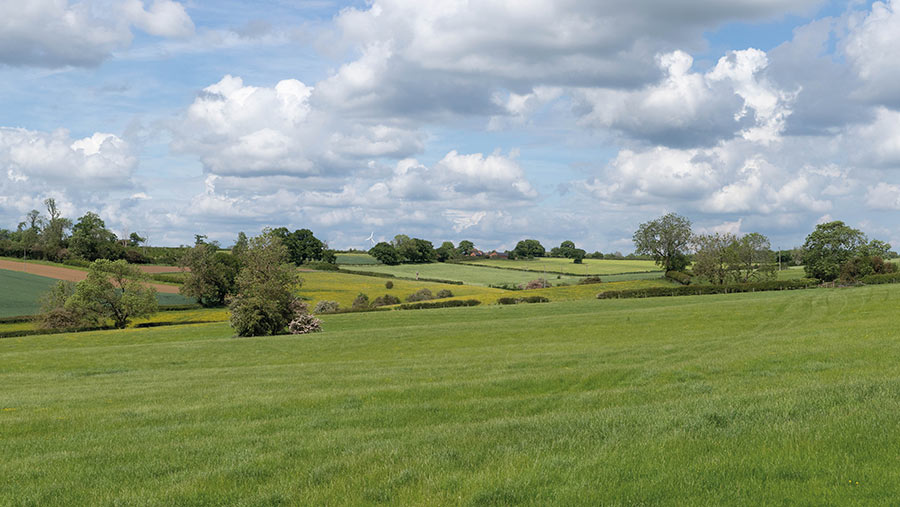Business Clinic: Should I plough grass for cereals?
 © Tim Scrivener
© Tim Scrivener Whether it’s a legal, tax, insurance, management or land issue, Farmers Weekly’s experts can help.
Emily Stone of Carter Jonas Rural sets out how to assess whether it is worth ploughing grassland for cereals.
See also: Business Clinic – how do we manage daughter’s farming ideas
Q. I want to plough up grass because of high cereal prices – should I?
A: With on-farm wheat prices approaching £300/t and futures ranging from £250-£255/t, consideration should be given to bringing less-productive land back into production.
Before deciding whether this is the right course of action, there are several things to bear in mind.
Firstly, regulations. Land designated as grass which has been uncultivated for a certain period by physical or chemical means requires Natural England (NE) approval to increase productivity.
If it’s been pasture for more than 15 years, it will definitely need approval. Between five and 15 years it may require it – but you will need to contact NE to confirm this.
To gain consent, you must submit an environmental impact assessment (EIA) through an EIA screening decision prior to any changes being made.
One of the key criteria is the completion of an environmental screening report (ESR).
This needs to include a full description of the project and its environmental effect, maps and plans of the area affected, a description of the environmental sensitivity of the project and any details of mitigation that will lessen the effect of the project.
A landscape assessment may be required if field boundaries are being moved or changed.
Dependent on the type of operation, an archaeological assessment or biological assessment may be required.
Biological surveys will be needed in the event of priority habitats, local wildlife sites, priority or protected species being present, a site of special scientific interest, or other significant designation.
NE suggests that the biological assessment comprise data from Defra’s interactive Magic map, the local environmental records centre, the Wildlife Trust and the RSPB.
More detailed, farm-specific data will likely need to be provided by environmental consultants.
For projects aiming to increase productivity of uncultivated land, the required form is EIA 1. Subject to the complexity of the proposal, NE aims to respond in 35-90 days.
If approved, a screening decision is valid for three years. If not, you will need to apply for a consent decision, which will require specialist environmental consultation.
If a consent decision is rejected, an appeal can be made via the farm minister within three months of the Natural England decision notice.
The second consideration is financial. While the price of wheat makes the proposition of less-productive land look attractive, the significant increase in production costs is accompanied by input supply concerns
If many people convert grassland to arable, the government may require some landowners to revert to grassland, which adds an additional risk of wasted investment.
Finally, think about Countryside Stewardship (CS) agreements.
In view of the increased costs, there is perhaps an opportunity for those not in active stewardship agreements to put land in options that provide a guaranteed income with fewer unknown costs.
On current payment rates, grassland under the GS2 option can earn £132/ha with minimal associated costs.
Commodity prices have never been this high and it seems unlikely to be sustainable.
It might be more sensible, therefore, to look at your five- or 10-year profit margin and compare this to the margin in a CS option.
Do you have a question for the panel?
Outline your legal, tax, finance, insurance or farm management question in no more than 350 words and Farmers Weekly will put it to a member of the panel. Please give as much information as possible.
Email your question to FW-Businessclinic@markallengroup.com using the subject line “Business Clinic”.
